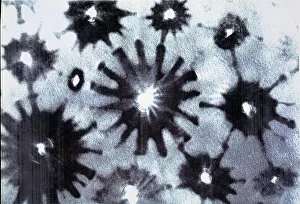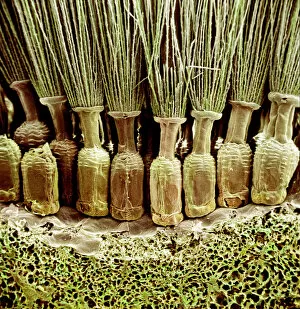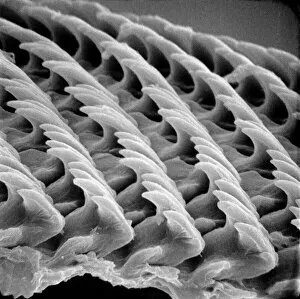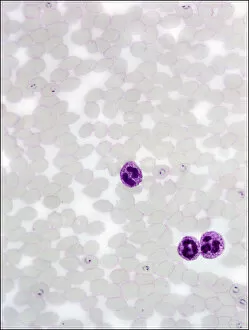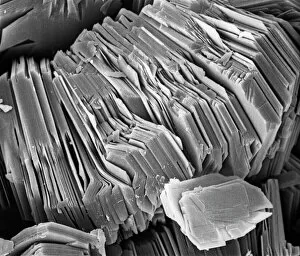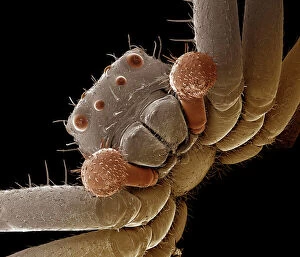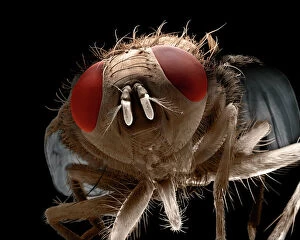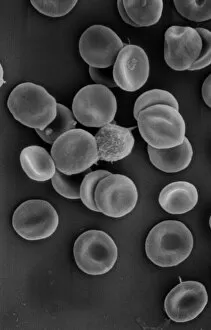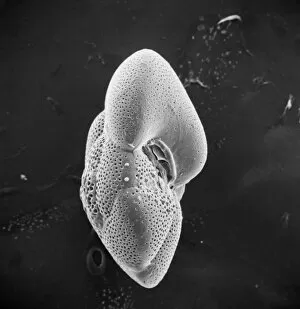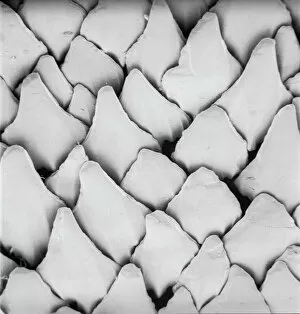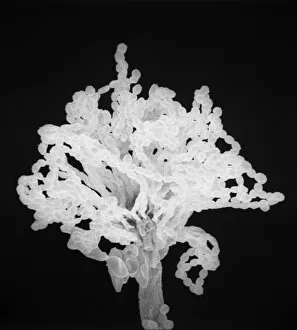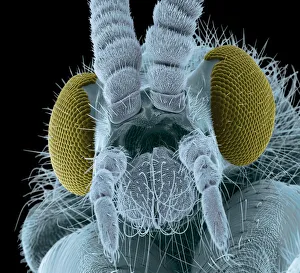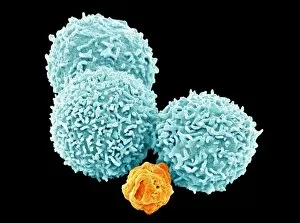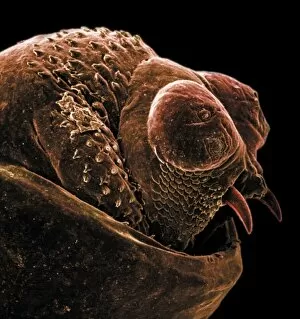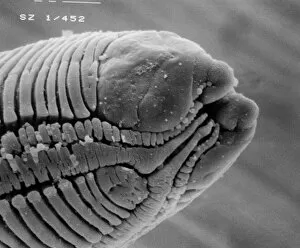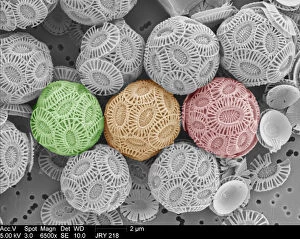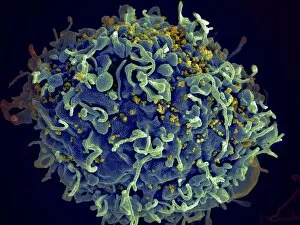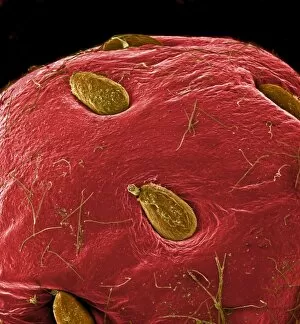Scanning Electron Micrograph Collection
"Exploring the Microscopic World
All Professionally Made to Order for Quick Shipping
"Exploring the Microscopic World: Captivating Scanning Electron Micrographs" Witness the intricate beauty of nature with this Scanning Electron Micrograph (SEM) capturing a Praying Mantis in stunning detail, magnified 30 times its size. Delve into the microscopic realm and discover the resilience of Tardigrades, also known as 'Water Bears, ' through this SEM image magnified at an astounding 1250 times. Uncover the hidden dangers lurking within Crysotile asbestos as revealed by this powerful SEM, shedding light on its harmful effects on human health. Journey inside the liver through a fascinating SEM, offering a glimpse into its complex structure and vital role in our body's functions. Get up close and personal with Cimex lectularius, commonly known as bed bugs, thanks to this detailed SEM that exposes their tiny yet formidable presence. Marvel at the intricate features of a Fruit Fly captured under an SEM lens at 300 times magnification – revealing astonishing details invisible to the naked eye. Explore Taraxacum officinale or dandelion's fruiting head like never before with this captivating SEM image showcasing its delicate structures and unique design. Discover nature's engineering marvels by examining Snail teeth under high-powered microscopy; witness how these minuscule structures aid them in feeding and survival. Peer into another world within Plasmodium sp. , a malarial parasite responsible for widespread disease transmission worldwide – all unveiled through this striking SEM image. Dive deep into geology with Kaolinite - explore its fine crystalline structure using an advanced scanning electron microscope to unravel its mineralogical secrets. Encounter Sarcoptes scabiei or scabies mite up close via an extraordinary SEM capture; gain insight into their morphology while appreciating their impact on human health.



